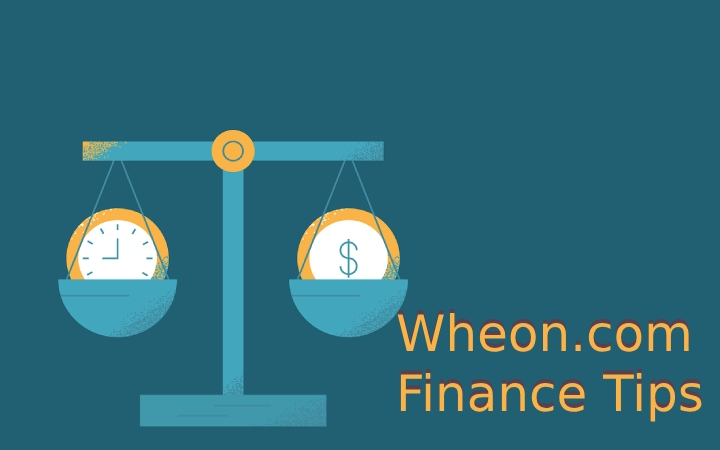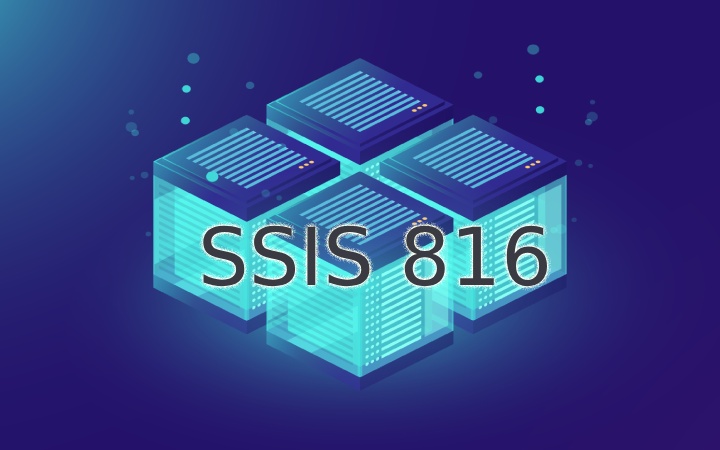Blockchain: Everything You Need To Know

Cryptocurrencies have been a true financial innovation since their appearance, allowing many people to take advantage of their benefits. Even large commercial companies accept cryptocurrencies as payment for their services or products.
However, the cryptocurrency market can be unstable, which is why the emergence of the blockchain has been so important, since it allows the information provided by cryptocurrencies to be safeguarded, making their use more secure.
Blockchain is emerging as one of the technologies that will be used the most in the future, not only in the financial field but also in other sectors where its properties can be used.
What Is Blockchain?
The blockchain or chain of blocks is a record that stores cryptocurrency transactions, similar to an accounting book. Information is stored in each block of the chain, and each one contains the following:
- The number of valid transactions or records.
- The information linked to that block.
- The link with the previous block and the next block through the hash of each block is a unique code that acts as the block’s fingerprint.
Each block has a particular and immovable place within the chain because each contains hash data from the previous block. The complete chain is saved in each node of the network where the blockchain is formed, and an exact copy of it is stored in all network participants.
As new records are created, they are validated and verified by the network nodes and then added to a new block linked to the chain.
Blockchain Features
The blockchain has the following characteristics:
- The information in the blockchain is not stored in a single computer but in several terminals connected to each other on the Internet.
- The information is consensually validated since all network members have the same data and consider it to be true.
- The blocks of the chain are intertwined, facilitating the verification and retrieval of information.
Blockchain information cannot be deleted and can only be updated under the consensus of the majority of users. The chain can also be expanded if there is an addition of new records.
How Does Blockchain Work?
The blockchain works as follows:
- The elements that make up the blockchain are the nodes, which are the network computers that the blockchain downloads into its memory to distribute updated information in real-time. The miners are the machines in charge of managing the transaction.
- The blockchain members are in charge of making the transactions in the blocks; they will be transmitted and recorded to the network nodes, so each node will always have updated information.
- Transactions are carried out from wallets or electronic purses. These wallets have a private key and a public key. The recipient of the transaction must give their public key to the sender. At the same time, the private key is used to authorize operations from each person’s wallet.
- All transactions from wallets and related applications continually occur on the network. When the nodes detect them, they become part of the operations’ connection pool (or grouping of connections) pending verification.
- Miners choose these unconfirmed transactions to create a new transaction block with them.
- Each block is added to the chain through a hash or cryptographic hash, a fragment of code generated from different mathematical operations.
Also Read: 11 Concepts You Should Understand Before You Start Investing
Types Of Blockchain
There are three types of blockchain, which are:
Public Blockchain
It is accessible to anyone in the world who has a computer and an internet connection. The best-known examples of public blockchains are Bitcoin and Ethereum.
Private Blockchain
It is not open to the public and can only be accessed by invitation. Among the best-known are Hyperledger, Ripple, a protocol that facilitates international monetary transfers, and R3, a group of banks that develop solutions applied to the financial field.
Hybrid Blockchain
It is a combination of public and private blockchains. Participating nodes must be invited, but all transactions are public. In this way, the nodes contribute to the security and maintenance of the blockchain.
One of the best-known hybrid blockchains is BigChainDB, a type of database with the characteristics of any blockchain.
Cryptocurrency Mining And Blockchain
Blockchain and cryptocurrency mining are widely related since cryptocurrency transactions are processed and validated within a blockchain.
The validation of cryptocurrency operations consists of solving a cryptographic puzzle. Computers solve the mystery since they are the real cryptocurrency miners.
The cryptocurrency works as a group of chained blocks that are not always together, so each transaction made with the cryptocurrency is stored in a partnership so that the computer can solve the cryptographic puzzle to find the block where the transaction was made. This is how the cryptocurrency is mined, and the reward is obtained.
Cryptocurrency mining has become a big business for many people. However, it is risky since it is a market that behaves unpredictably and can cause some people to lose money. Still, also, many people have become rich with it.
With the appropriate resources available and a study of the financial market, cryptocurrencies can be mined without problems cryptocurrencies can be mined without problems to avoid changes that affect the profitability of the business.
You must also know how transactions between users work and have updated communication and connection applications to have good results with cryptocurrency mining.
Also Read: Keys To Improving Your Company’s Corporate Communication






